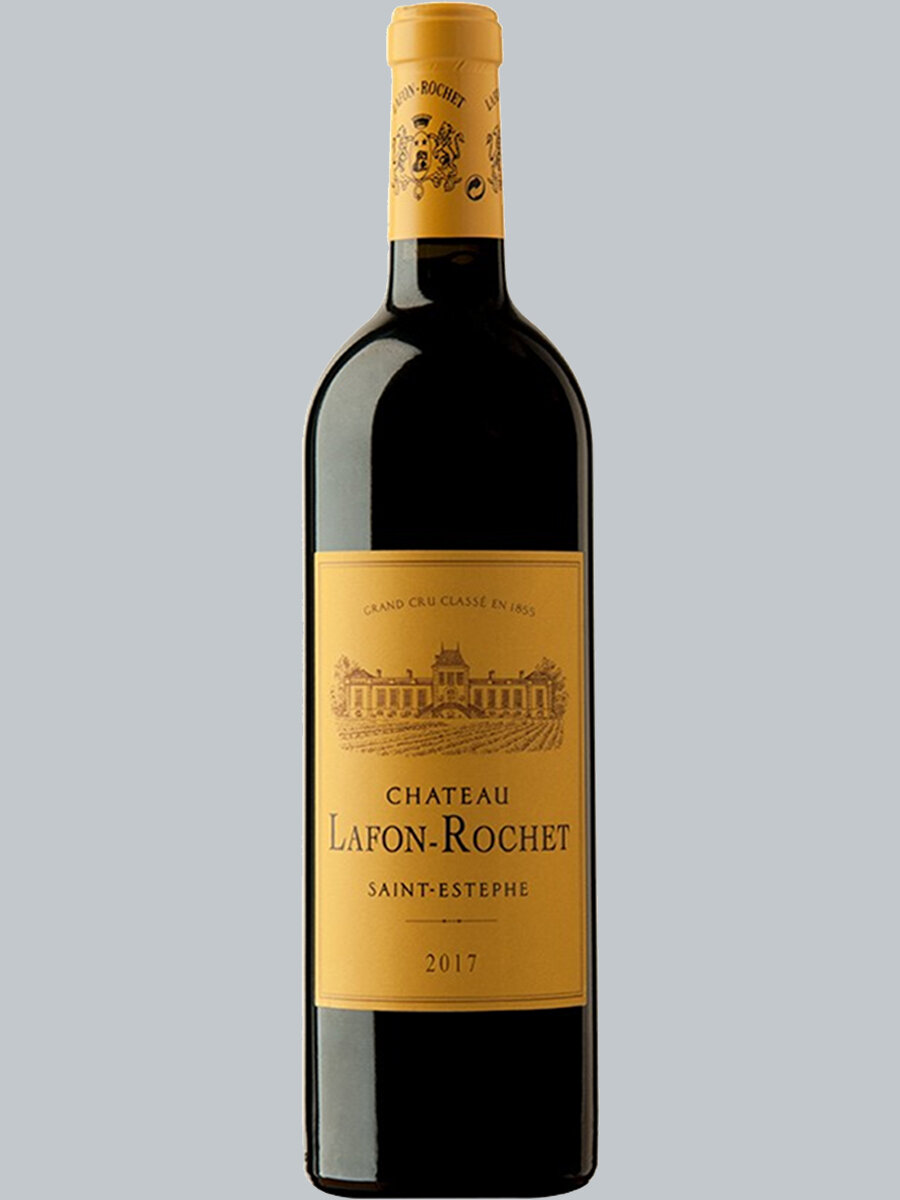Chateau Labegorce Margaux
Region/Appellation: France / Bordeaux /St. Estephe
Varietal/%’s: : Cabernet Fran, Cabernet Sauvignon, Merlot
Mevushal: No
Supervision: OU; Rabbi Its’hak Katz Kehal Yereim Paris Chareidi
Size/’s: 750ml
Special Designation: AOC;Grand Cru Classe
Expert Notes
"This is a lovely St-Estepe this year, firm & bright with bristling fruit right out of the gate- hugely unusual to see that this year. This is one of my favorites, & is totally charming with its cassis & damson fruit, but it's the juice & friendly tension that sets it apart. Silky & enjoyable. Buy." -Decanter
Tastings –Wine Enthusiast - 94

|
|---|
RegionSaint-Estèphe is one of the many famous Left Bank red wine appellations of Bordeaux, known for reds based on Cabernet Sauvignon and Merlot. Situated at the northern end of the Haut-Médoc region on the gravelly western shores of the Gironde estuary, Saint-Estèphe is separated from its famous neighbor, Pauillac, only by a stream, yet there are significant differences between them.With 1,229 hectares (3036 acres) it accounts for 8 percent of the vineyard area of the Médoc. Because Saint-Estèphe is marginally further from the gravel-bearing waters of the Garonne river, the soil here is far less stony than that found in the southern part of Haut-Médoc. Instead, a heavy clay and limestone base dominates this area, resulting in poorer-draining soils, delayed ripening and higher acidity levels in the wines. |
Varietal
|
Food PairingClassic meat dishes, veal, beef, lamb, duck, game, roast chicken, Asian dishes, hearty fish courses like tuna, mushrooms and pasta. |
Tasting NotesThe nose is pleasing, open, fruity, and oaky with notes of fresh pepper. The wine is agreeable and elegant in the mouth, with a subtle attack despite the boldness and power of the mid-palate and finish. The aromas are fruity, smoky and salty. This is a well-made and nicely structured wine. |
